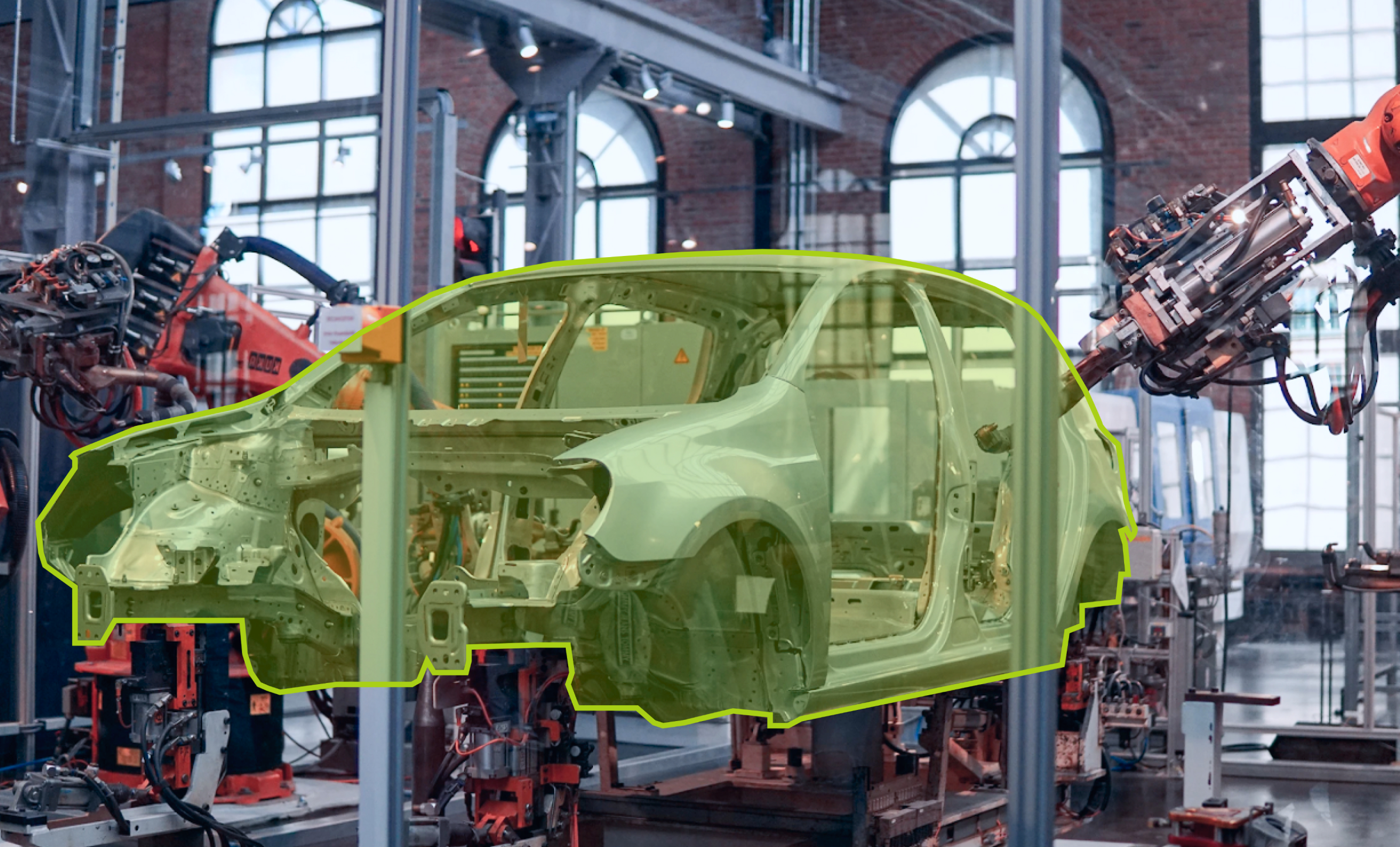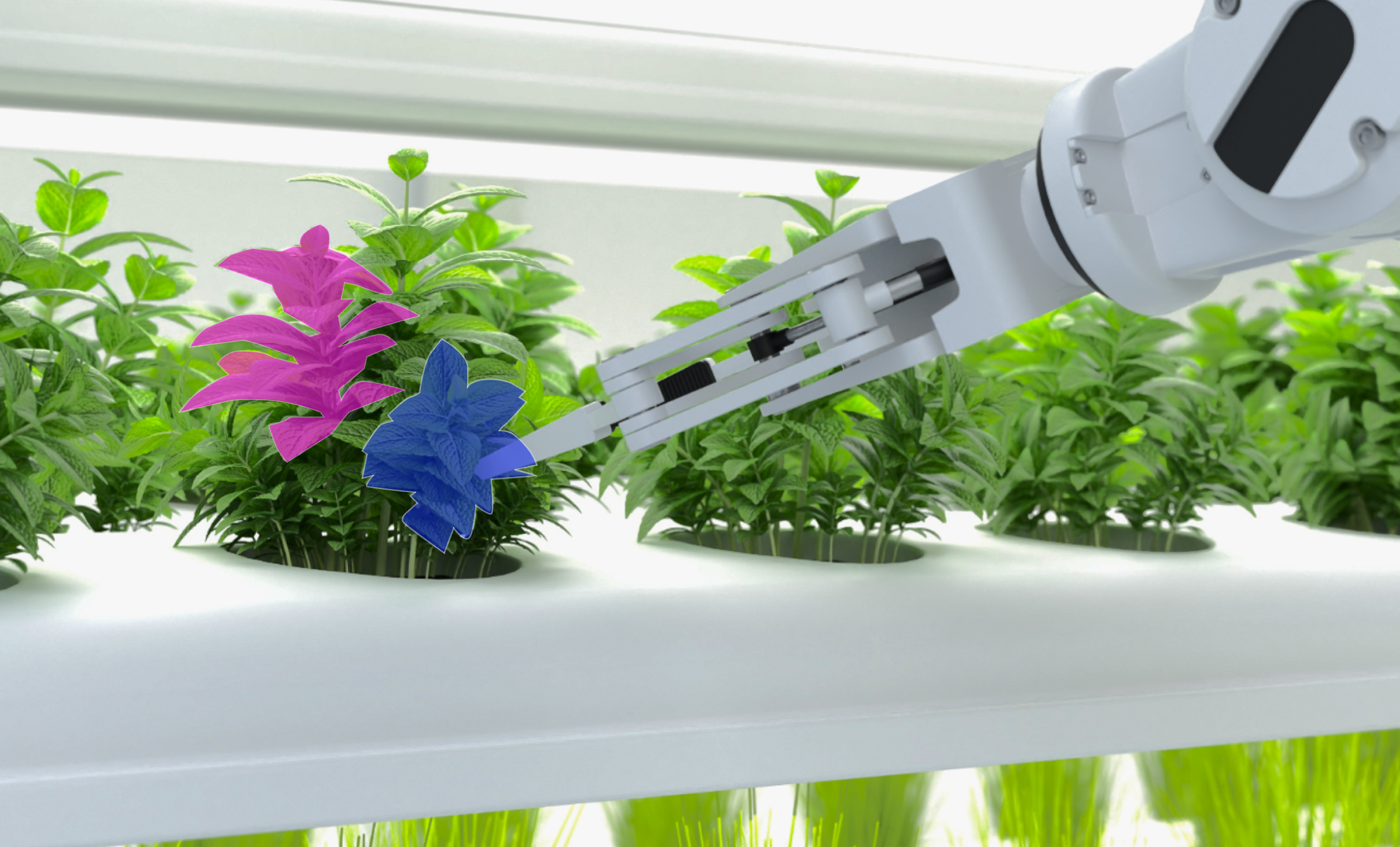Exploring Computer Vision in Robotics: Applications and Innovations
The application of computer vision in robotics is fundamentally changing the robotics industry since it enables machines to detect, analyze, and even respond to their environment in ways that humans can. In this article, we focus on one of the particularly fascinating areas that has a lot of potential for development – computer vision in robotics. By examining computer vision applications, we will uncover how these innovations push the boundaries of what robots can achieve, enabling them to perform complex tasks with precision, adaptability, and intelligence.
Introduction to Computer Vision in Robotics
In robotics, computer vision involves the ability of the machine to interpret and analyze visual information from the world, analogous to human perception. Since computer vision algorithms and applications rely on a combination of algebraic expressions, cameras, and sensors, they are capable of decoding objects and locations and can make decisions based on real-time visual data. This capability is important, for example, in autonomous vehicles , where robots have to be on the lookout for objects in their way, or in the manufacturing industry, where objects have to be referenced and handled accurately. Computer vision offers more than just the functionality improvement of robots; it creates new opportunities in robotics and automation in various fields.

Core Applications of Computer Vision in Robotics
Object detection and recognition is one of the most significant applications of CNN. It is a fact that when computers, particularly robots, are used in a service environment, the system can recognize objects within the environment and categorize them for interaction or otherwise for use. This is important for the manufacturing and assembly lines industries, where the robot has to detect different parts and tools required for operations such as welding, painting, or arranging components. Object recognition also drives autonomous robots, from drones to self-driving cars, which allows such robots to maneuver into different environments, avoid objects, and make decisions at first sight of occurrences.
Another major utilization of computer vision in robotics is that of the mapping of the environment and wayfinding. Some applications include Simultaneous Localization and Mapping (SLAM), where a robot can survey its environment, construct a map, and determine its location on the map. This ability is essential for robotic systems that are on their own within complex and unknown surroundings, for instance, domestic service robots, including robotic vacuum cleaners or cleaning service robots, logistic robots, and surveillance and search-and-rescue robots systems. Through updating internal maps with vision data, such systems and robots are very effective in path planning, obstacle avoidance, and considering environmental changes. Computer vision also impacts communication between humans and robots since the robots or drones can detect particular movements and facial expressions, among other signs, to create better interactions when operated together.
Detailed Examples of Computer Vision Applications

Computer vision applications are already being used in a wider variety of industries. Below are some examples of computer vision applications of robotics:
- Autonomous vehicles – Computer vision is one of the key components contributing to AI-powered vehicles, as it allows constant analysis of the environment in which the car is located. Computer vision for automotive can be achieved using cameras, LiDAR, and radar to detect and identify other vehicles, pedestrians, road signs, and lanes, among others. This enables the vehicle to reason as it follows lanes and traffic signals and ensures it does not crash with other vehicles.
- Quality control in manufacturing – In manufacturing, computer vision is widely applied in the detection of product quality and preventing nonconformities from reaching the public. High-powered cameras in factories can take photos of products and check for defects within the product, such as scratches, wrong positioning, or part missing. This makes the process much faster and more accurate than the traditional way of inspecting them by hand, thus having benefits such as increased quality of products and minimizing waste.
- Agricultural robotics – Computer vision enables the development of smart robots that can perform tasks such as crop monitoring, harvesting, and weed control with high precision. Agricultural robots equipped with computer vision can analyze plant health by assessing color, shape, and texture, allowing farmers to detect diseases or nutrient deficiencies early. Additionally, harvesting robots use vision systems to identify ripe fruits and vegetables and pick them up without damaging the crops.
These are just some of the many examples of computer vision applications, and more are being developed every day to meet the various needs of businesses across industries.
Technical Foundations of Computer Vision in Robotics
The more intricate elements of computer vision in robotics are based on superior algorithms, machine learning techniques, and the incorporation of top-notch hardware. Chief among these are technologies for image processing that translate raw visual information into usable data. This includes activities such as filtering, edge detection, and feature extraction, in which robots aim to identify objects and learn the movements or position of objects as well as their relative position. In the future, deep learning algorithms will be at the center of improvement in the performance of computer vision by helping robots learn the necessary patterns from the huge amounts of data available in the field to be monitored. Some of these are convolutional neural networks (CNNs), which are common in tasks such as object recognition and image categorization.
Also, combining the robots with a camera, LiDAR, infrared sensors, and a powerful computer makes such computer vision systems prompt the corresponding changes in the environment. This combination of software and hardware is the foundation of the robots’ effectiveness in perceiving the surroundings through vision and in the interaction with the world.
Advancements in Computer Vision Algorithms and Applications

Advancements in computer vision algorithms have dramatically expanded the scope and effectiveness of applications in various fields, particularly in robotics. Modern algorithms, driven by deep learning and neural networks, have significantly improved the accuracy and speed of object detection, segmentation, and recognition tasks. Techniques like Generative Adversarial Networks (GANs) and reinforcement learning are pushing the boundaries of what computer vision can achieve, enabling robots to perform more complex tasks such as dynamic scene understanding and predictive analysis.
These advancements have led to breakthroughs in autonomous navigation, where robots can now navigate challenging environments with minimal human intervention, and in healthcare, where computer vision aids in precise medical imaging and diagnostics. As these algorithms continue to evolve, they are opening new possibilities for automation, making robots smarter, more adaptable, and capable of handling a wider range of real-world challenges.
Integration of Computer Vision in Various Robotics Fields
The integration of computer vision into various robotics fields has revolutionized how robots interact with and understand their environments, leading to significant advancements across multiple industries. In industrial automation, computer vision enables robots to perform precise quality inspections, assembly tasks, and material handling with unparalleled accuracy and speed. In healthcare, surgical robots equipped with vision systems can assist in minimally invasive procedures by providing enhanced visualization and precision, reducing the risk of human error.
Agricultural robots use computer vision to monitor crop health, optimize harvesting, and manage weeds, contributing to more efficient and sustainable farming practices. In logistics and warehousing, vision-guided robots streamline inventory management, picking, and packing processes, improving efficiency and reducing costs. This seamless integration of computer vision allows robots to operate autonomously in complex, dynamic environments, making them indispensable tools across a wide range of sectors.
Future Directions for Computer Vision and Robotics Applications
The future of computer vision AI applications and robotics is poised for transformative growth, driven by advancements in artificial intelligence, edge computing, and sensor technology. As algorithms become more sophisticated, computer vision in robotics and industrial applications will gain the ability to understand and interact with their environments at a level comparable to human perception. We can expect to see greater autonomy in robots, enabling them to operate in more complex and unpredictable scenarios, from fully autonomous vehicles navigating busy city streets to service robots performing intricate tasks in healthcare and hospitality. The convergence of computer vision with other technologies, such as augmented reality and the Internet of Things (IoT), will further enhance the capabilities of robots, allowing for more seamless integration into everyday life.
Additionally, ongoing research into explainable AI and ethical AI in computer vision will ensure that these advancements are transparent, accountable, and beneficial to society, paving the way for smarter, safer, and more versatile robots in the years to come.
Conclusion: The Transformative Impact of Computer Vision Robotics
The transformative impact of computer vision in robotics is reshaping industries, enhancing human-robot interactions, and driving unprecedented levels of automation and efficiency. By enabling robots to perceive, understand, and respond to their environments with a high degree of accuracy, computer vision has become a cornerstone of modern robotics, unlocking new possibilities across sectors like manufacturing, healthcare, agriculture, and beyond. This technology is not only making robots more capable and versatile but also paving the way for innovations that will continue to redefine the boundaries of what robots can achieve. As we move forward, the synergy between computer vision and robotics will remain a driving force behind AI computer vision applications, ultimately leading to smarter, more autonomous systems that can better serve humanity in an increasingly complex world.




